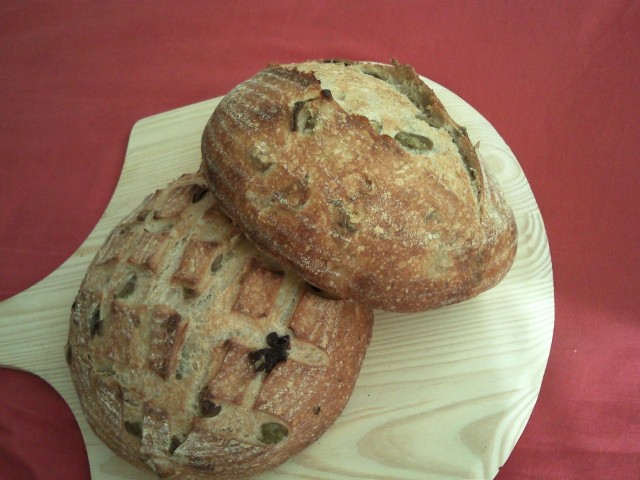Weeknight Sourdough Hamburger Buns
I wanted to have fresh homemade sourdough hamburger buns for a big cook-out last Friday. Problem: the cook-out was at 7pm on a work night, and I'd only get home around 5:45. Timing and fridge space were issues. I wouldn't have time to shape buns and let them rise after work, and don't have room for sheet pans in my fridge (I live with 4 other people). This is what I came up with...
- Log in or register to post comments
- 4 comments
- View post
- sourdoughboy's Blog




